HIStalk Practice Interviews Jim Riley, President and CEO, Capario
Jim Riley is president and CEO of Capario of Santa Ana, CA.
Tell me about yourself and the company.
Capario is a physician office revenue cycle management company. Our mission is to simplify the healthcare reimbursement process, making it easier for providers to get paid faster and more accurately.
A lot has changed in the past three years. We have emerged from a corporate reorganization with a healthier sense of purpose and increased focus on the provider side of our business. As a result, we’re seeing double-digit year over year growth in that segment, and have just completed our strongest year ever as a company both financially and operationally.
Our focus is on the physician office market, which includes practices of all sizes. Our business is divided between direct sales into physician offices and partnering with PMS/EMR systems to offer wrap-around services to their customer base.
For me personally, I’ve been around the healthcare space for over 15 years. I love the vibe within Capario right now. We’re really finding our momentum. Even with over 20 years in this business, our growth is better than ever, client satisfaction scores are high and climbing, and we just have that startup feel. It’s a fun time for me.
There’s been a lot of activity in the revenue cycle market, including product changes, regulatory requirements, and changes in service-based companies. How would you characterize the major differences in RCM today vs. a couple of years ago?
Even as recently as a few years ago, I think most players in the revenue cycle space were still focused on rounding out traditional offerings – a proper tool to do the basics like claims management and tracking. For the most part, everyone has those tools now.
Looking ahead, most of us are focused on providing solutions to help providers get paid, whether it’s tools to bill patients or collect payments or enhanced suites of services to help providers identify and combat denials. With cost pressures in the physician office space, it all comes down to helping providers understand the financial health of their practice and to collect the most possible from every dollar they bill.
The other big difference is the volume of changes that are coming at this industry. We see change as the only constant within the next 3-5 years. There are more and more regulations and standards coming down the pike that could really revolutionize this space, including ERA, EFT, HPID, attachments and more.
These are just the start. Provisions put in place with the Affordable Care Act call for new standards to be proposed no less than every two years. Providers will need to continually stay on top of these changes in order to grow and adapt with the market.
Small practices are often too busy taking care of patients to network with other practices and stay on top of vendor and regulatory news. How does your marketing plan address getting your message in front of people in those practices?
This is a great question. We’ve really been shifting our focus over the last couple years to offer more educational services. You’re exactly right — practices are often too busy to hear a hard sales pitch. They need to know what changes and trends are affecting them and what they need to do about it.
To that end, we strive to be a good partner and raise these issues to practices through webinars, video on demand learning, etc. This year, we’re also beginning to offer courses that carry CEUs as well. We’re confident that even with this less direct marketing approach, our customers will still hear our message and will know that Capario is a solid choice for them when they are in the market for a solution.
Capario also tends to do a lot of proactive messaging. We allow customers to sign up for customer notifications via our website. These are targeted messages around activities happening in the industry as well as real-time messages around the status of certain payers and transactions being available. We’re often complimented on providing this service to our customers. To us, it just makes good business sense. The more we all know, the better we can all make decisions.
EMRs get all the attention, but for practices and physicians themselves, is it financial and administrative applications that can make or break their opportunity to keep serving patients?
Truthfully, they are both important. As a physician, you have to take advantage of EMRs and all of the power they possess to revolutionize healthcare in this country. While it’s a big adjustment for many practices, there’s no question that the benefits are ultimately there.
What’s ironic is the number of practices embracing EMRs that still have very little technology around the business side of their practice. I’m constantly amazed when we talk to physician practices and find out how few of them really know how they’re performing as it relates to their revenue cycle, especially in the small to mid-sized markets.
Due to the cost pressures we’ve previously discussed, it’s imperative that every practice has a set of tools that can put key performance indicators at their fingertips. EMRs are needed to help improve the health of patients, but good RCM tools are needed to manage the financial health of the practice.
What are the trends of practices demanding and using “Pay Now” services?
I would say that for most practices, the ability to easily bill and collect payments from patients is at the top of their priority lists for 2013. The facts are just too great to ignore. Nearly 25 percent of payments are coming directly from patients. That number is going to continue to grow.
More and more employers are also advocating high-deductible healthcare plans, HDHP, as a way to control costs, and they’re really starting to gain widespread adoption in the last few years. HDHPs are not just plans for the young, single, and healthy employee any more. I even switched my family over to one this year. It just made financial sense.
However, these moves mean more and more of the first dollars reimbursed in healthcare are coming from the patient. This is a radical shift in just the last few years. Physicians on the whole aren’t ready for it. It brings in an element of consumerism that they haven’t had to think of before. For example, many of us pay our bills online now, but most practices do not have a way to collect payments online. Practices need flexible solutions that will help them answer this critical need.
What regulatory and payment trends do you think will most affect your company and customers over the next 2-5 years?
ICD-10 will be huge for the industry, no question. While 5010 was a change to the technical formats, ICD-10 will be a change in the way physicians and payers conduct business with one another. That said, I have confidence now that the industry is behind the new compliance date next year. I don’t think anyone is under the impression it will be delayed again, and most are taking the courses they need and making adjustments to their billing and coding processes to be ready.
Also, the continued shift of payments moving from insurance companies to the patient is going to continue to trend in upcoming years. This is a reality that the physician office space will need to have solutions to address.
Beyond that, there isn’t any one single regulatory trend – it’s more just the volume and pace of changes coming. As I look out over the next few years, there seems to be something coming at least every 12 months. These changes can and will make a huge difference to the healthcare space

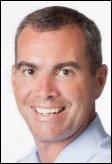
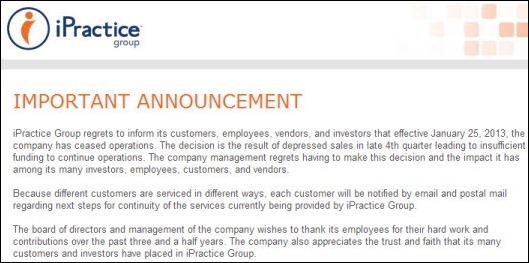
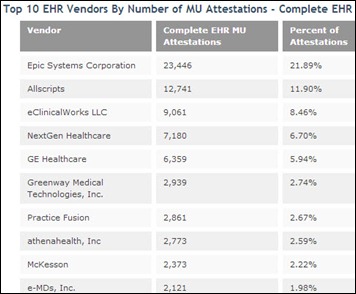
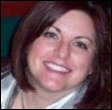
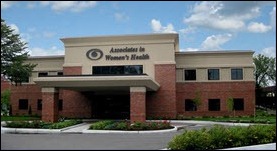

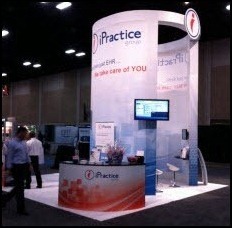
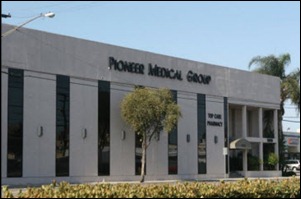

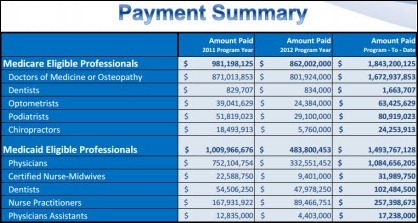




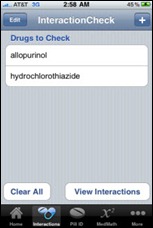
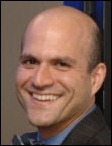

Re: Walmart Health: Just had a great dental visit this morning, which was preceded by helpful reminders from Epic, and…